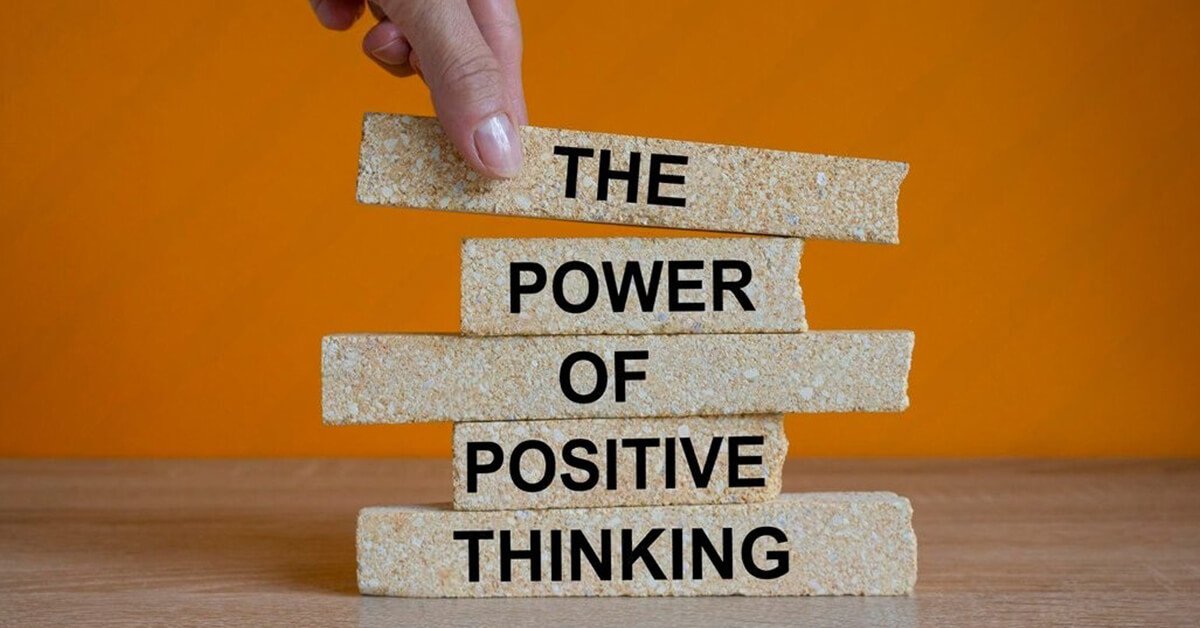Anxiety can feel like an overwhelming force, gripping your mind and body with a sense of dread. But what if you could explore Therapies to Manage Anxiety that help you regain control and find peace within yourself? While there is no “one size fits all” approach, understanding the types of Therapies to Manage Anxiety available can bring you closer to the relief you seek.
These days, anxiety is a common mental health issue that many people suffer from, but the good news is that there are many therapies available that help manage anxiety. Therapy provides a safe space where individuals can understand the root causes of their anxiety and learn how to manage it using tools that help control anxiety. Therapists offer different benefits, from cognitive behavioral therapy to acceptance and commitment therapy.
This blog will discuss the most effective treatments and how they treat anxiety.
1. Cognitive Behavioral Therapy
Cognitive Behavioral therapy is a highly effective therapy in which a therapist helps an individual identify and change the negative thoughts and Patterns that fuel anxiety. In CBT, people learn to recognize distorted or irrational thoughts and replace them with more realistic and balanced ones. This process helps break the anxiety cycle and provides tools for long-term management.
For Example
Imagine someone who experiences anxiety before public speaking. They might have thoughts like, I will mess up, and everyone will think I am incompetent. In CBT, the therapist helps them identify this thought as exaggerated and unrealistic. The individual is then encouraged to challenge this belief by asking questions like, “What evidence do I have that I will mess up?” or “Have I successfully spoken in public before?” This process helps replace anxiety provoking thoughts with more rational ones, such as, “I may be nervous, but I have prepared well, and I can handle this.”
2. Exposure Therapy
Exposure Therapy is used in anxiety treatment, particularly in cases where individuals have fear or phobias. The core principle of exposure therapy is to gradually and safely expose the individual to the feared object, situation, or thought in a controlled manner. Over time, this helps reduce the emotional responses associated with anxiety triggers and assists in decreasing fear. The goal is not to avoid the anxiety provoking situation but to face it and learn how to manage it, relaxing that it is not as dangerous or overwhelming as initially perceived.
For Example
If someone fears flying, in exposure therapy, the therapist first exposes them to less threatening stimuli, such as pictures of airplanes or videos of flights. As their anxiety decreases, they progress to sitting in a stationary plane or taking short flights. With each step, their anxiety gradually decreases because they learn that the feared situation is not as dangerous as they initially believed. Over time, this exposure helps them build tolerance and confidence, ultimately reducing their anxiety.
3. Mindfulness-Based Stress Reduction
Mindfulness-Based Stress Reduction is a therapeutic approach that helps individuals manage anxiety by teaching them to be present in the moment without judgment. It involves practicing mindfulness meditation, body awareness, and breathing exercises to reduce stress and promote relaxation. The core idea is to help individuals focus on the present rather than getting caught up in anxious thoughts about the past or future.
For Example
Someone who experiences anxiety at work, especially before a meeting. Using MBSR, they might practice deep breathing exercises before the meeting, focusing on their breath to calm their nervous system.
4. Dialectical Behavioral Therapy
Dialectical behavioral therapy is a form of cognitive behavioral therapy that emphasizes the development of coping skills for managing intense emotions and anxiety. It focuses on helping individuals with acceptance and change, teaching them how to tolerate distress, regulate emotions, and improve interpersonal relationships while enhancing mindfulness.
For Example
Someone who experiences anxiety in social situations, particularly when attempting group events or parties. In DBT, they may learn mindfulness techniques to stay present during these events, focusing on their breath and surroundings to avoid becoming overwhelmed by anxious thoughts.
5. Acceptance and Commitment Therapy
Acceptance and Commitment therapy is a form of psychotherapy that focuses on helping individuals accept their thoughts and feelings rather than trying to change or avoid them. It encourages living in alignment with personal values and committing to actions that improve well-being, even in anxiety or discomfort. ACT combines mindfulness and behavioral therapy elements, teaching individuals to focus on the present moment, accept difficult emotions, and take meaningful actions despite those feelings.
ACT works for anxiety by helping individuals stop avoiding feared situations and instead face them with acceptance. The goal is not to eliminate anxiety but to reduce it is impact by changing how the person relates to it.
For Example
Someone who experiences anxiety about giving a presentation to the whole class. In ACT, they would first learn to accept their anxious thoughts and physical sensations without trying to push them away or judge them. Instead of avoiding giving presentations, they would commit to taking steps toward it, focusing on their values, such as wanting to be heard or sharing vital information.
Conclusion
Anxiety Management is not about eliminating the feeling; it is about learning to work with it, developing healthier thought patterns, and regaining control of your mental state. A skilled therapist will guide you in choosing the right approach for your unique situation, taking into account your psychoaura and emotional needs to tailor the most effective strategy for you.




